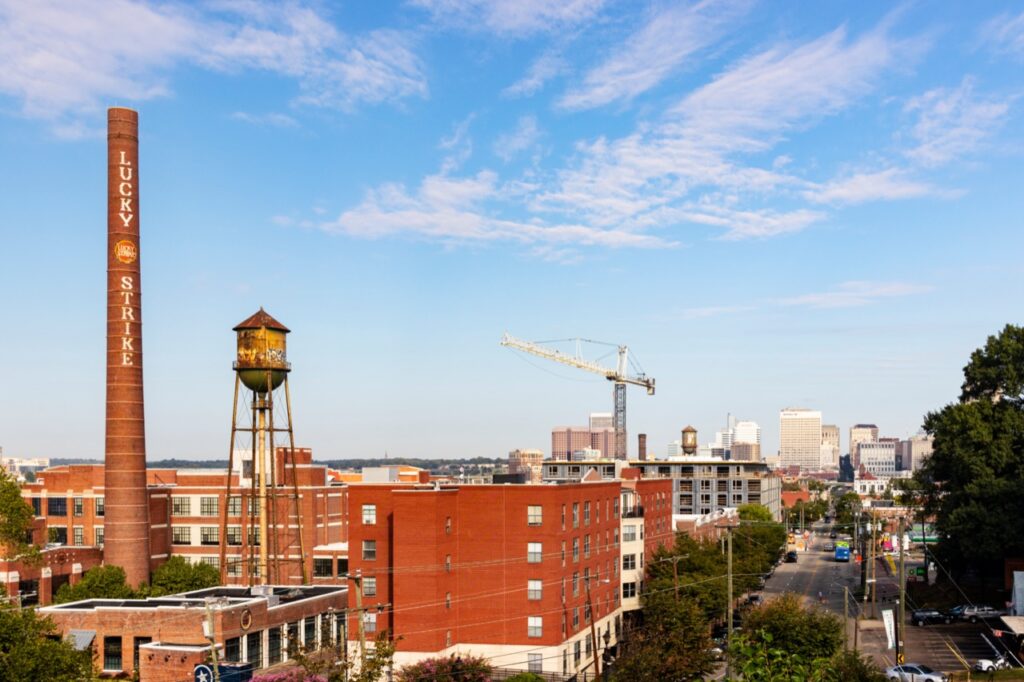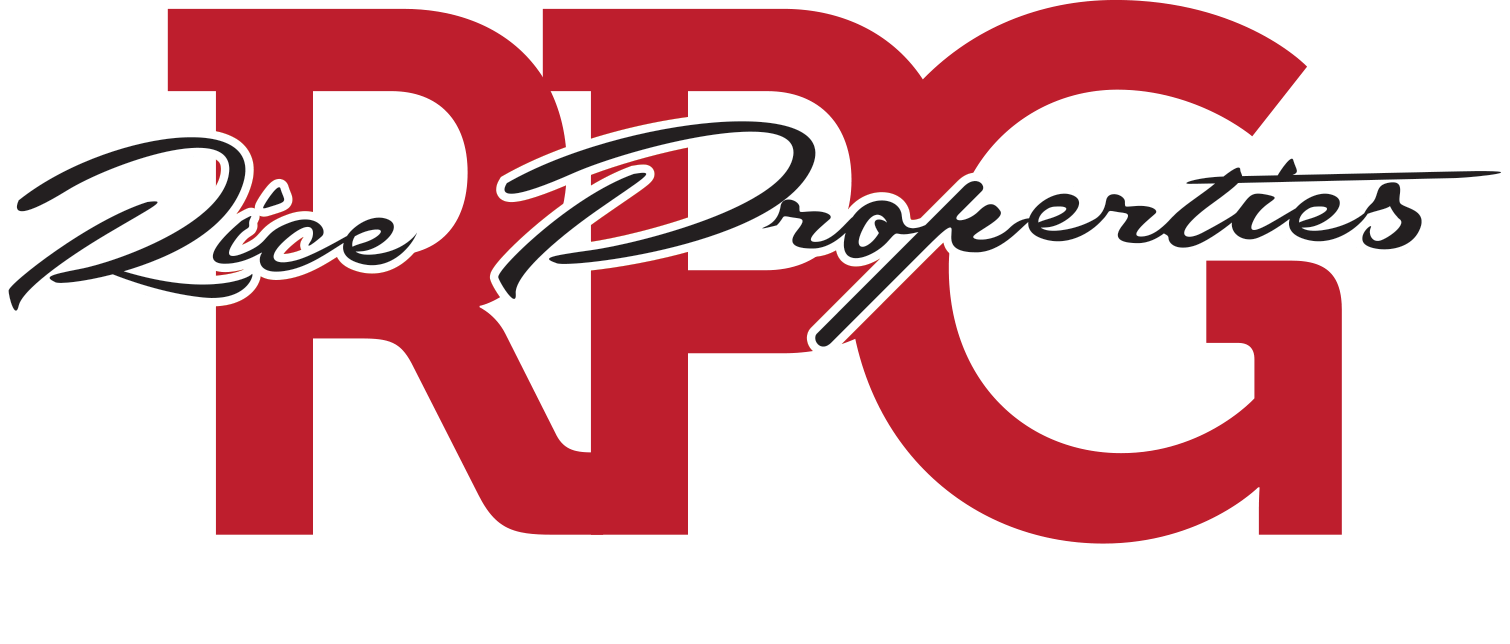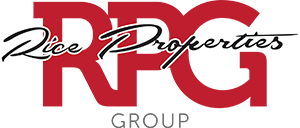Falls Church Quick Facts
- POPULATION : 14,128
- MEDIAN PROPERTY VALUE: $789,300
- MEDIAN AGE RANGE: 38
- MEDIAN HOUSEHOLD INCOME: $127,610
- PROXIMITY TO WASHINGTON DC: 9 miles

Historical Significance
Falls Church dates to the late 1600s as an early colonial settlement shared with Native Americans. Taking its name from The Falls Church—an 18th-century Church of England (later Episcopal Church)—Falls Church gained township status within Fairfax County in 1875. In 1948 it was incorporated as the City of Falls Church with county-level governance status (even though it is not a county).
The city’s corporate boundaries do not include all the area historically known as Falls Church; these areas include portions of Seven Corners and other portions of the current Falls Church postal districts of Fairfax County, as well as the area of Arlington County known as East Falls Church—which was part of the town of Falls Church from 1875 to 1936. The U.S. Department of Commerce’s Bureau of Economic Analysis combines the City of Falls Church with Fairfax City and Fairfax County for statistical purposes.
At 2.11 square miles, Falls Church is the smallest incorporated municipality in the Commonwealth of Virginia and the smallest county-equivalent municipality in the United States.
Living in Falls Church
The City of Falls Church is a unique and historic city. Besides featuring quick access to renowned museums and art galleries in nearby Washington, D.C., every neighborhood is a treasure of its own with a variety of restaurants and shops that reflect the city’s great ethnic and cultural diversity. You will find a warm welcome in the City of Falls Church and will have opportunities to be an active part of the community, to shop, play, and stay, as well as join in many activities offered throughout the year.
Enjoy the many wonderful attractions the City of Falls Church has to offer – from historic buildings and cultural centers to gorgeous parks and trails– the Little City has it all! Residents and visitors alike can walk, run, bike, and play. Many of the city’s parks have play equipment where children can swing and slide, lighted basketball, volleyball, and tennis courts as well as picnic tables and grill equipment for a summer cookout. Mobile skateboard equipment is featured at various parks throughout the year.
Education-Public and Private Schools
Falls Church City Public Schools officially became an independent school system on June 27, 1949, when the Virginia Board of Education authorized its separation from the Fairfax County school system. Falls Church had obtained the enabling legislation to form an independent city the year before (1948). Falls Church City Public Schools enjoys an international reputation for excellence, and the division is committed to maintaining its standing as the premier K-12 International Baccalaureate school system in the nation. The five schools serve 2700 students including some tuition students who live in communities outside the City of Falls Church.
For the 2022 school year, there are sixteen private schools serving over 2,200 students in Falls Church. The top ranked private schools in Falls Church include Congressional School; St. Anthony of Padua School; and Saint James Catholic School. The average acceptance rate is 93%, which is higher than the Virginia private school average acceptance rate of 83%. Sixty-three percent (63%) of private schools in Falls Church are religiously affiliated (most commonly Catholic and Baptist).


